Suzhou Silk Museum - Ticketpreise, Öffnungszeiten, Standort und Highlights
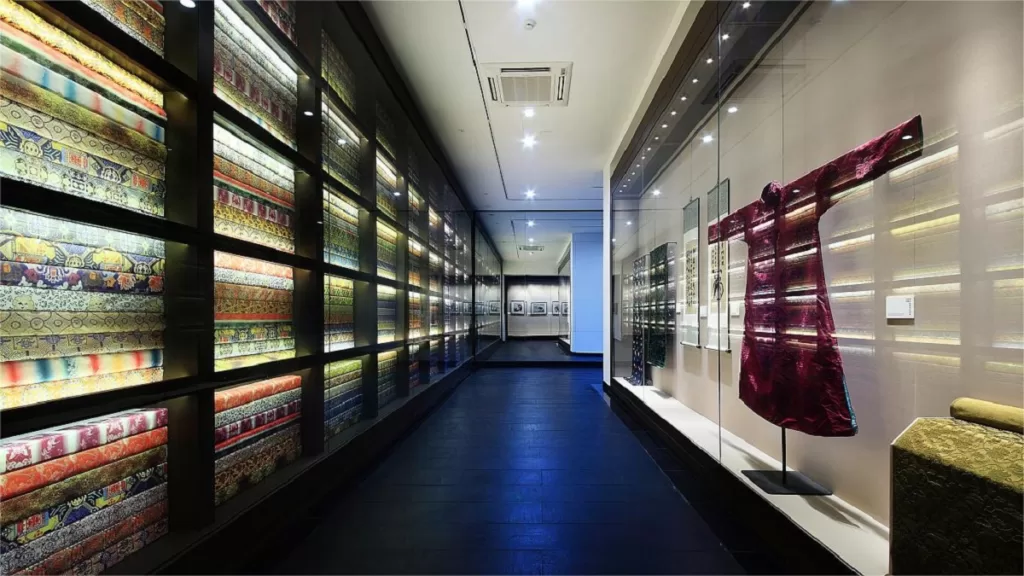
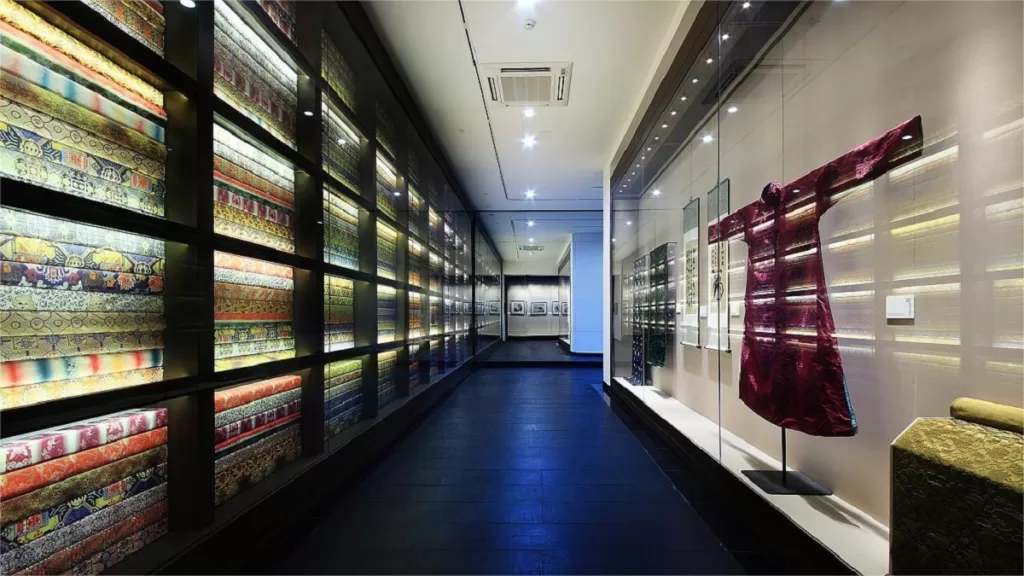
The Suzhou Silk Museum (苏州丝绸博物馆), spanning an area of 9,500 square meters, officially opened its doors to the public on September 21, 1991. Comprising six main exhibition areas, including the Historical Hall, Modern Hall, Children’s Science Hall, Mulberry Garden, Silk Weaving Machinery Display Room, and Qian Xiaoping Silk Culture and Art Museum, the museum offers a comprehensive exploration of the rich history and cultural significance of silk.
The Historical Hall is further divided into six sections: Ancient Hall, Silkworm and Mulberry Dwelling, Weaving and Dyeing Workshop, Tribute Weaving Institute, Republic Street, and Intangible Cultural Heritage Hall. This section houses over 700 artifacts of historical significance, spanning from the Neolithic period to the Ming and Qing dynasties, along with more than 3,000 specimens and archival materials.
The architectural theme of the Suzhou Silk Museum revolves around the concept of the “Silk Road,” and the predominant color scheme is white, reflecting the essence of silk. As visitors enter the museum’s main square, they encounter a pathway symbolizing the “Silk Road,” intersecting with a fully enclosed modern white wall running north to south. The wall, characterized by a natural twist at the entrance, symbolizes the softness and elegance of silk. Along the top of the wall stand a row of variations of mulberry trees, with circular cutouts resembling a section of ancient city walls along the Silk Road. In front of the wall are three Han white jade sculptures representing silk-related activities: silk harvesting, spinning, and weaving.
The Suzhou Silk Museum provides a captivating journey through the evolution of silk production, from ancient times to the present day, and stands as a testament to the cultural and artistic legacy of silk in Suzhou’s history.
Inhaltsübersicht
- Grundlegende Informationen
- Standort und Transport
- Highlights of Suzhou Silk Museum
- Vlog about Suzhou Silk Museum
- Nützliche Tipps aus Rezensionen zusammengefasst
- Attractions near Suzhou Silk Museum
Grundlegende Informationen
| Website | https://www.szsilkmuseum.com/#/ |
| Geschätzte Dauer der Tour | Etwa 2 Stunden |
| Ticketpreis | Kostenlos |
| Die Öffnungszeiten | 9.00 - 17.00 Uhr; Letzter Einlass: 16.00 Uhr Montags geschlossen |
| Bereich | 9500 square meters |
| Number of artifacts | Over 3700 |
| Telefon Nummer | 0086-0512-67535943 |
Standort und Transport
Nestled within the picturesque city of Suzhou in Provinz Jiangsu, China, the Suzhou Silk Museum is a cultural gem that unveils the captivating history and artistry of silk. Its exact address is No. 2001, Renmin Road. To get there, you can choose the following ways:
Bus: Take bus 1, 5, 8, 33, 38, 54, 101, 202, 262, 301, 305, 313, 602, 811, or 9029, get off at Pingmen Stop (平门站), and walk about 250 meters to the south to reach the museum.
Metro: The closest metro station to Suzhou Silk Museum is Beisita (北寺塔) on line 4. After getting out of the station from Exit 5, walk about 200 meters to the north to reach the museum.
Highlights of Suzhou Silk Museum
Silk Weaving Demonstrations

At the Suzhou Silk Museum, the enchanting art of silk weaving comes to life through captivating demonstrations. Skilled artisans showcase the meticulous process on traditional looms, allowing visitors a firsthand glimpse into the intricate world of silk production. As threads intertwine and patterns emerge, the rhythmic dance of creation unfolds before your eyes. This immersive experience not only preserves centuries-old techniques but also offers a deeper appreciation for the craftsmanship behind each luxurious silk piece. The weaving demonstrations at the museum provide a unique opportunity to witness the fusion of tradition and artistry that defines the legacy of Suzhou’s silk heritage.
Historical Artifacts

Immerse yourself in a journey through time at the Suzhou Silk Museum, where a treasure trove of historical artifacts awaits. Delicate and intricate, these relics eloquently narrate the evolution of silk production over millennia. From ancient garments that adorned emperors to meticulously woven tapestries, each artifact is a tangible link to the past. These treasures offer a window into the craftsmanship, trade, and cultural exchanges that have shaped the world of silk. The museum’s collection breathes life into history, inviting you to touch the threads of the past and appreciate the enduring allure of this luxurious fabric.
Silk History Exhibits

Step into the Suzhou Silk Museum’s mesmerizing silk history exhibits and embark on a captivating voyage. Trace the captivating narrative of silk’s origin in ancient China and its transformative journey along the Silk Road. Interactive displays unveil the cultural exchanges that flourished through this remarkable trade route. Marvel at the global impact of silk on fashion, art, and diplomacy. Immerse yourself in the stories of dynasties, merchants, and explorers who wove this fabric into the tapestry of civilization. The museum’s immersive presentations bring history to life, weaving the intricate threads of silk’s legacy into a vibrant and enlightening experience.
Silk-Worm Rearing

Discover the delicate secret of silk at the Suzhou Silk Museum through captivating silk-worm rearing exhibits. Witness the remarkable lifecycle of silkworms, from hatching to cocoon-spinning. Engaging displays reveal the art of nurturing these tiny creatures, highlighting their pivotal role in silk production. Delve into the intricate process of collecting silk threads from cocoons, a testament to the harmony between human ingenuity and nature’s wonders. This immersive experience allows you to appreciate the meticulous care required to transform the humble silkworm into the source of luxurious silk.
Kulturelle Bedeutung

At the Suzhou Silk Museum, the cultural significance of silk unfolds through captivating exhibits. Immerse yourself in the elegance of traditional silk garments that have adorned royalty and commoners alike. Delve into the cultural tapestry woven by silk through art, literature, and rituals. Marvel at intricate patterns that convey stories and symbols embedded in each thread. Discover how silk became a bridge between cultures, connecting civilizations along the famed Silk Road. This exploration of silk’s cultural resonance invites you to appreciate its role in shaping traditions and fostering cross-cultural exchanges.
Vlog about Suzhou Silk Museum
Nützliche Tipps aus Rezensionen zusammengefasst
Well-Designed Exhibits: The museum is well-designed, featuring elements like three statues at the entrance representing gods related to the origin of silk from ancient times to the present, connecting the West to the East. Staircases are adorned with commonly used silk patterns, adding to the thematic design.
Scenic Rooftop and Photo Opportunities: The rooftop of the Silk Museum offers a picturesque view, and you can capture photos with the iconic Beisi Pagoda in the background. This location has become a popular spot for social media photos. Consider grabbing a cup of coffee, relaxing, and enjoying the leisurely atmosphere with friends.
Impressive Weaving Machines: Visitors can observe the weaving process up close, providing an immersive experience.
Attractions near Suzhou Silk Museum

Pingjiang-Straße, Suzhou
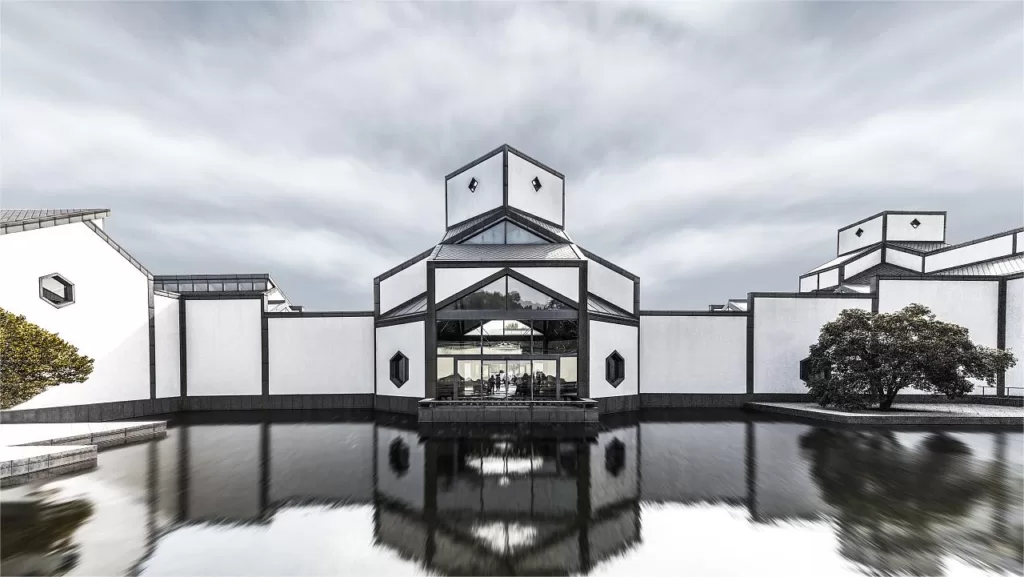
Suzhou-Museum

Lion Grove Garten
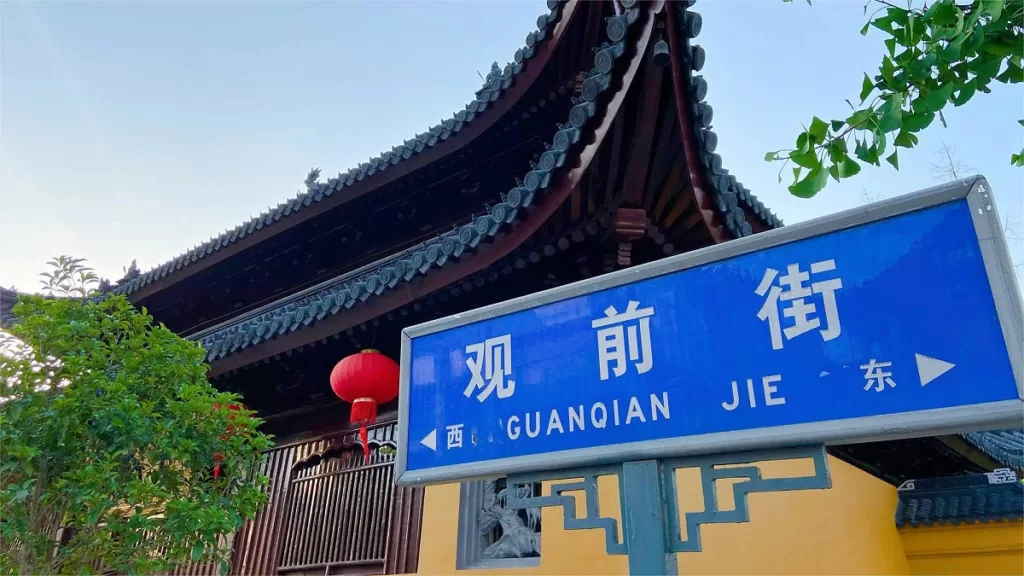
Guanqian-Straße, Suzhou

Suzhou Pingtan Museum

Suzhou Stadt Gott Tempel

Suzhou Kunqu Opernmuseum

Ouyuan Garten
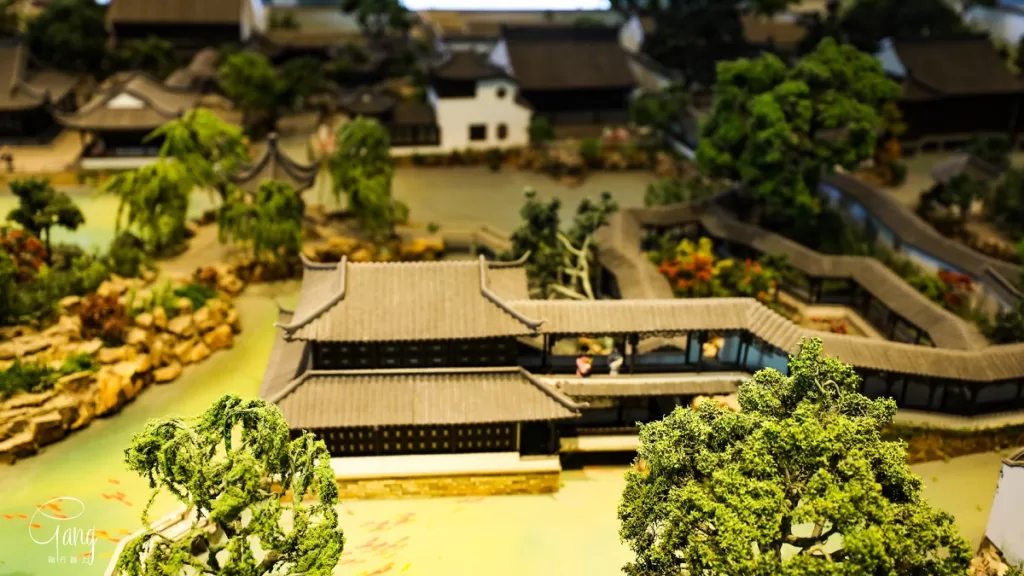
Gartenmuseum Suzhou

Xuanmiao-Tempel, Suzhou
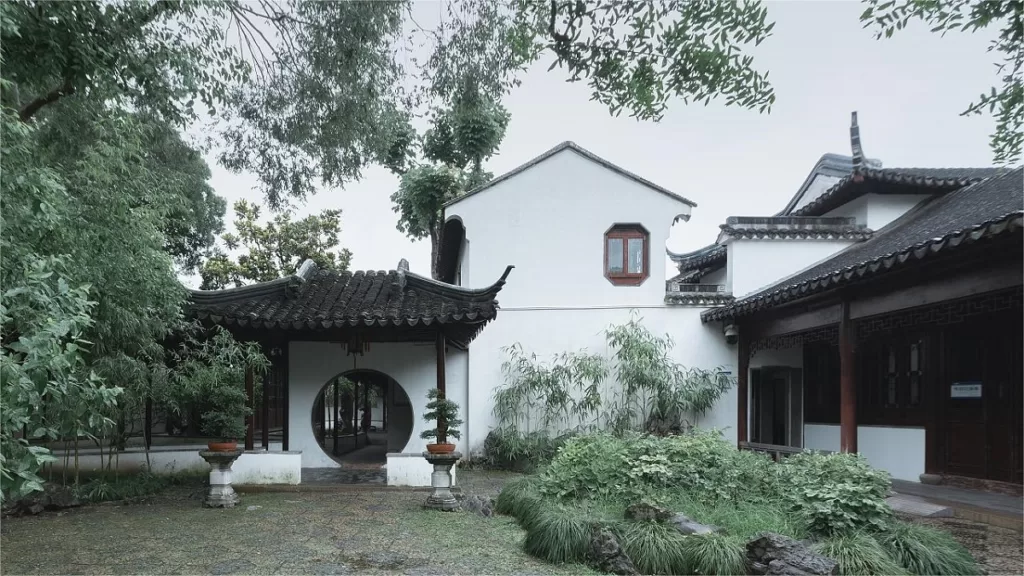
Yiyuan-Garten, Suzhou

Der Garten des bescheidenen Verwalters

Herrenhaus Taipingtianguo Zhongwang
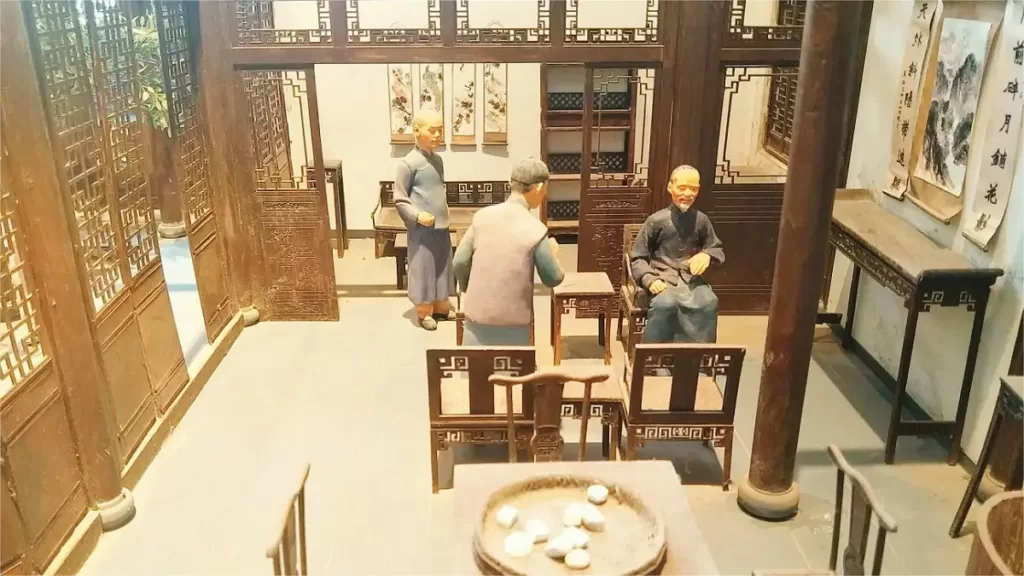
Volkskundliches Museum Suzhou
Jiangsu-Museen, Suzhou Sehenswürdigkeiten